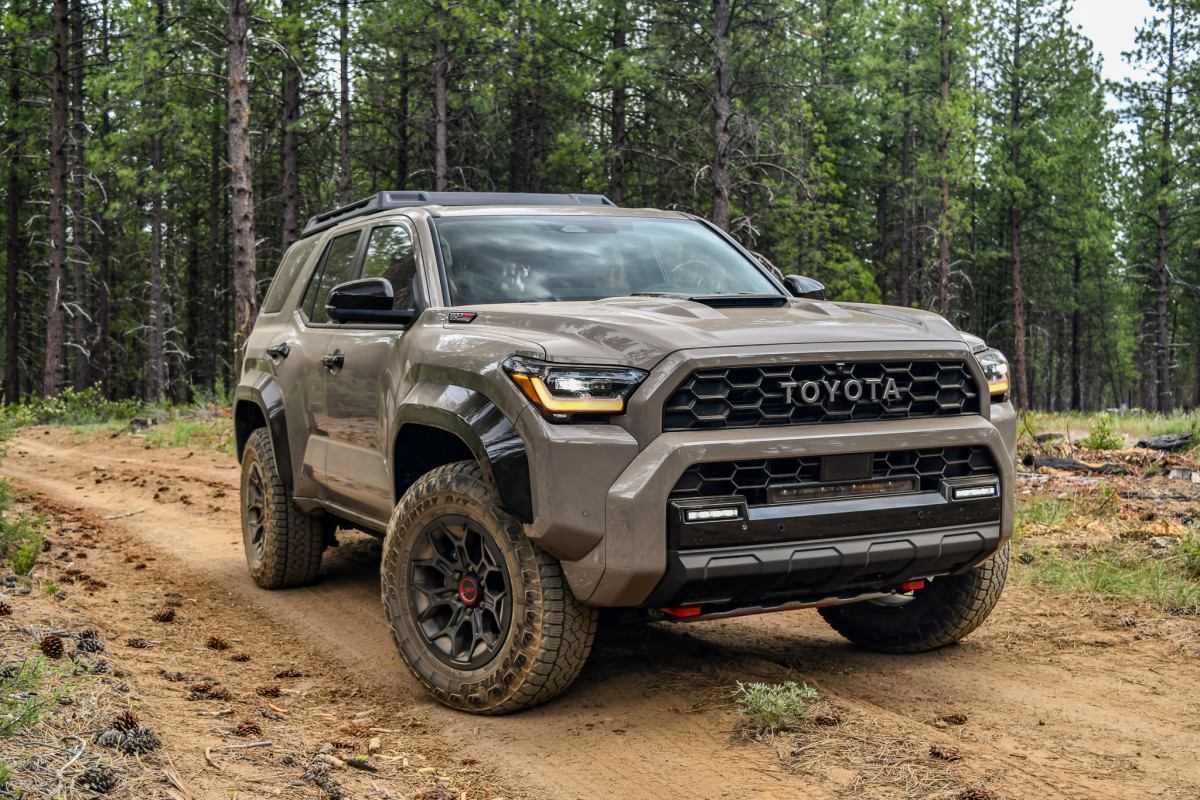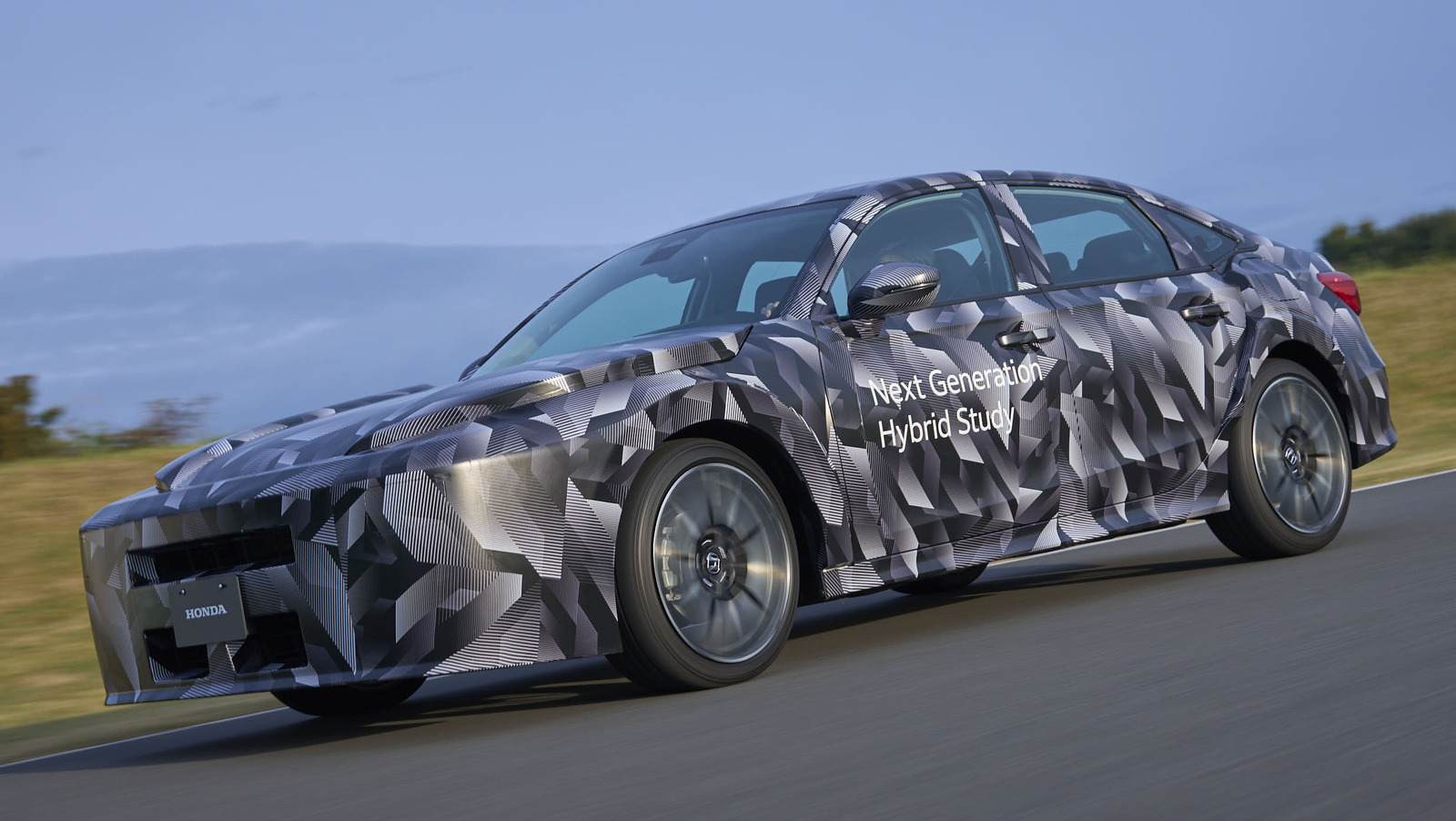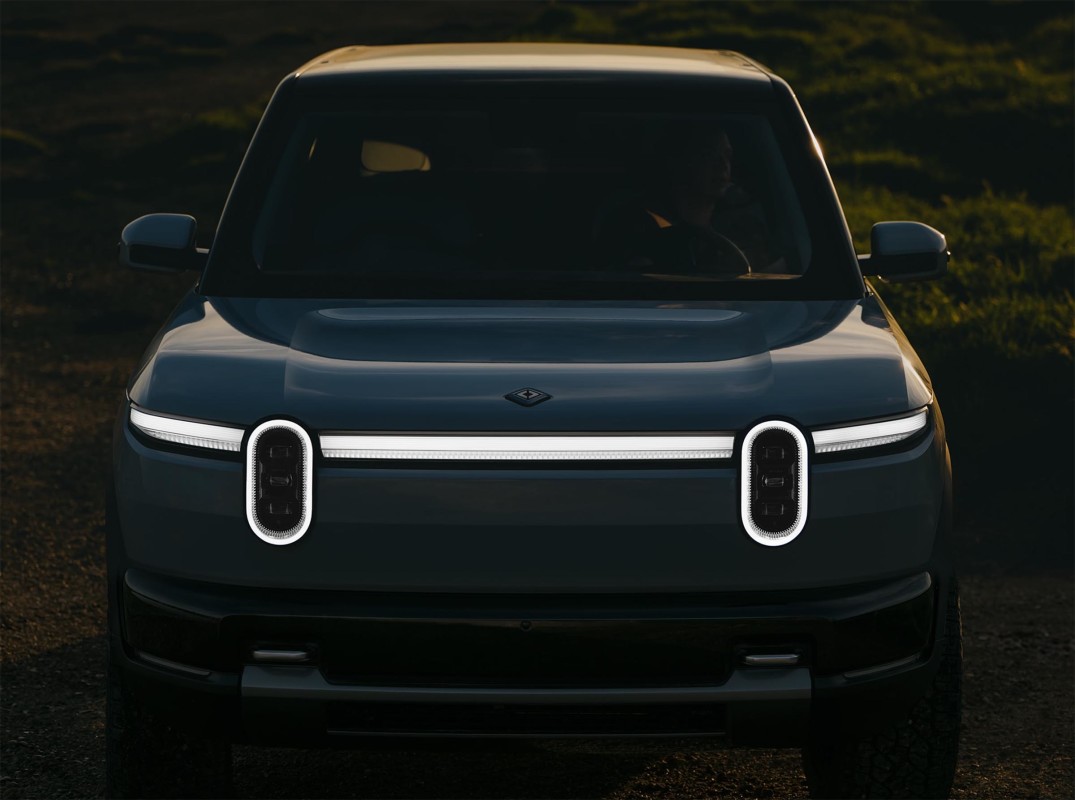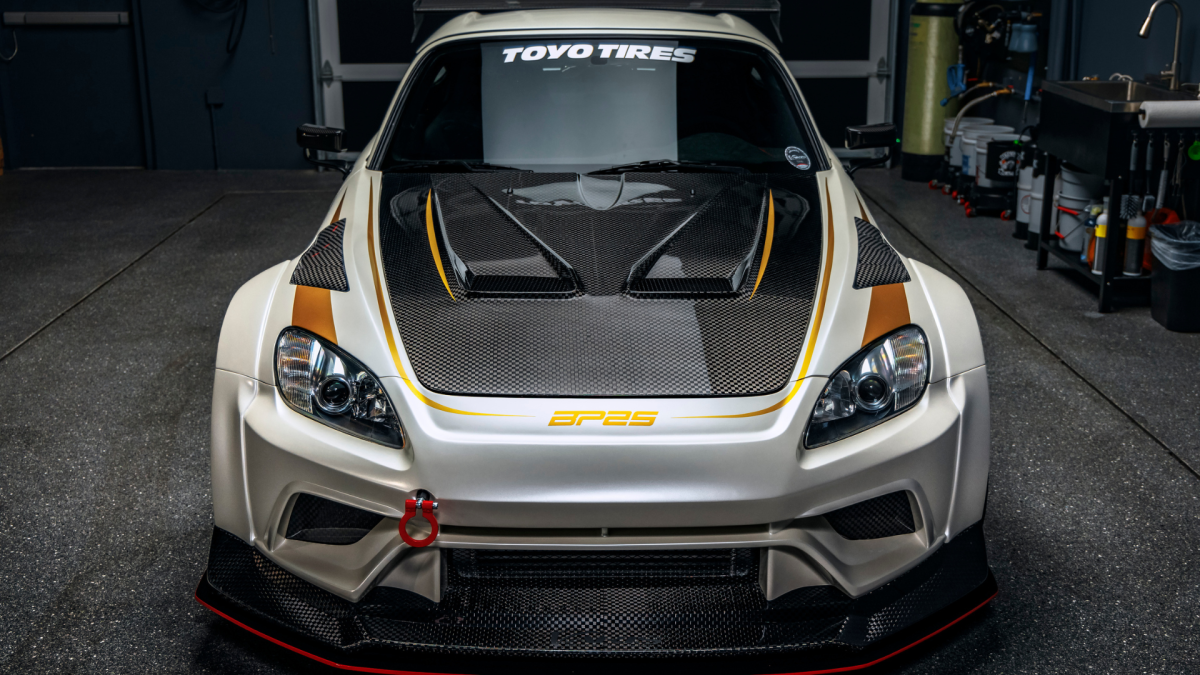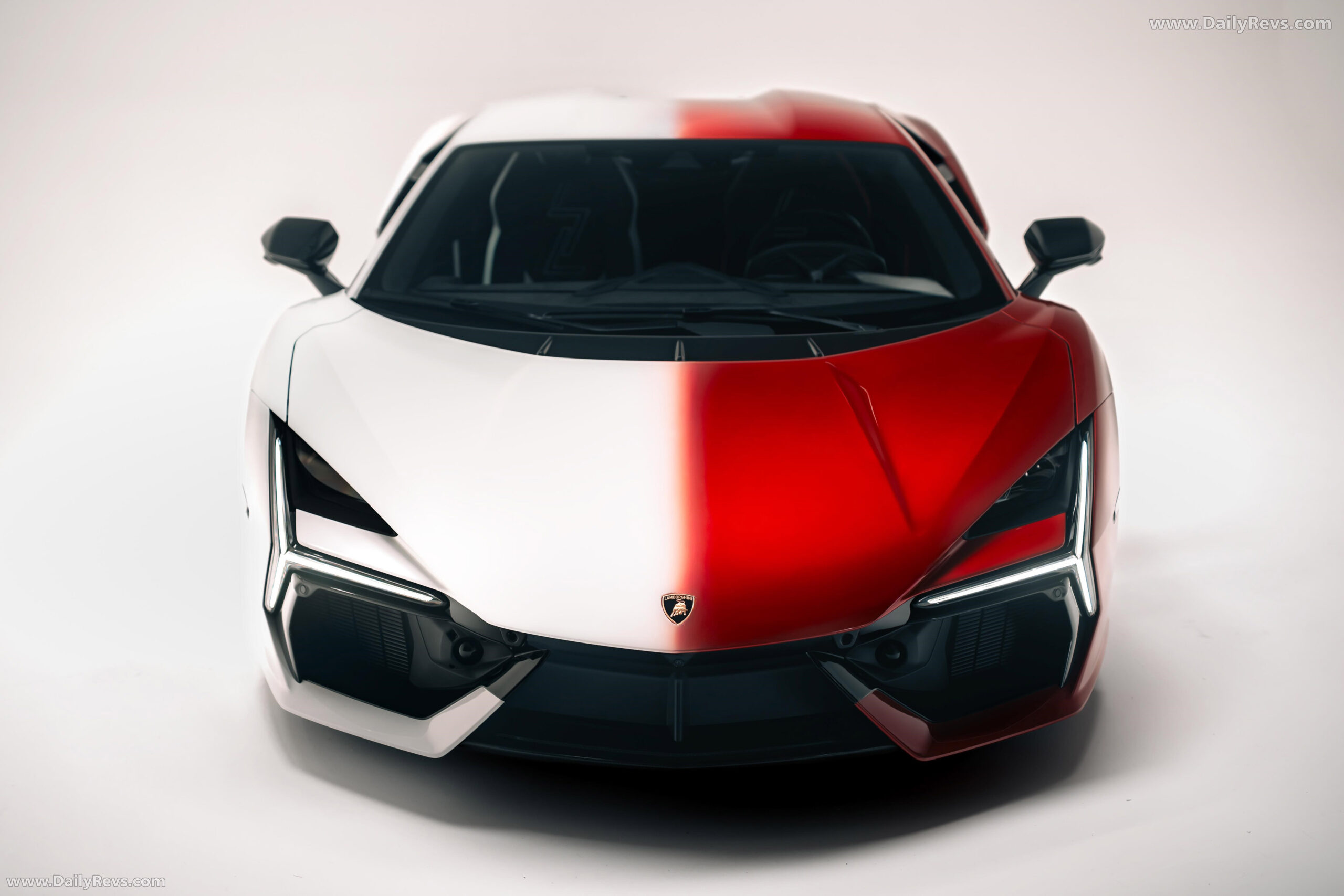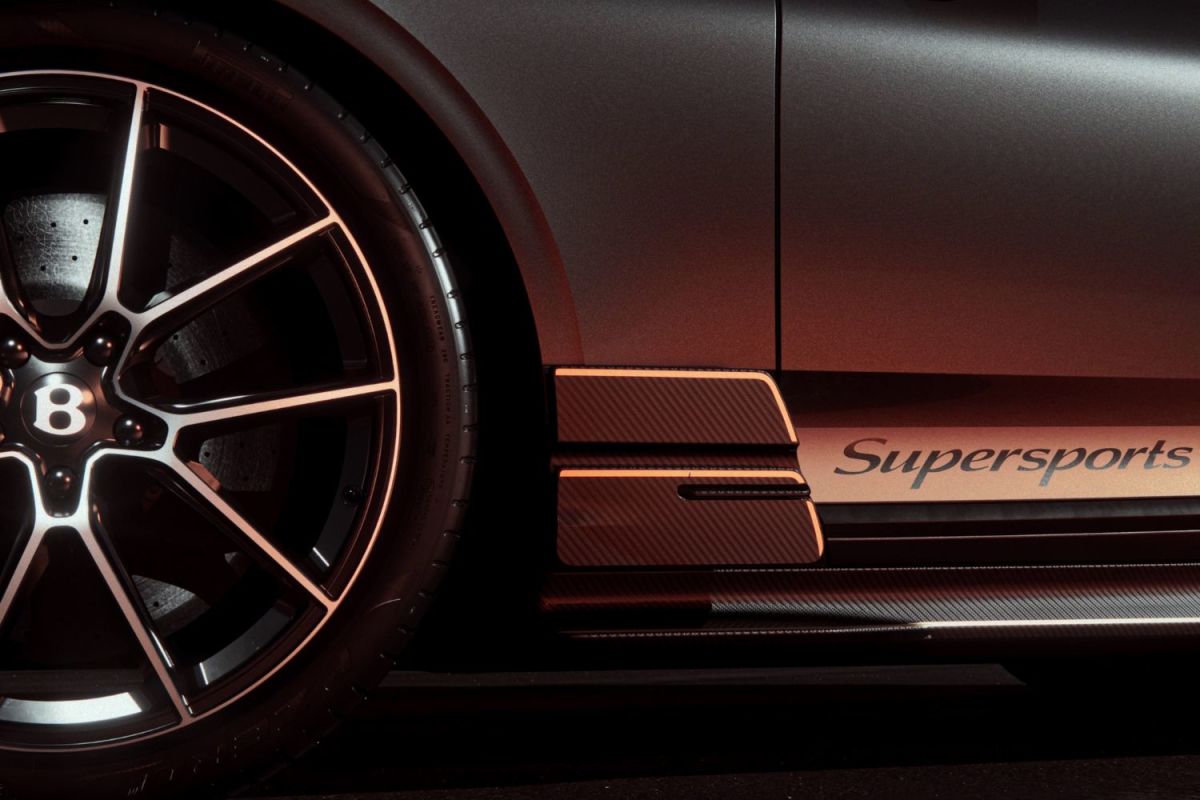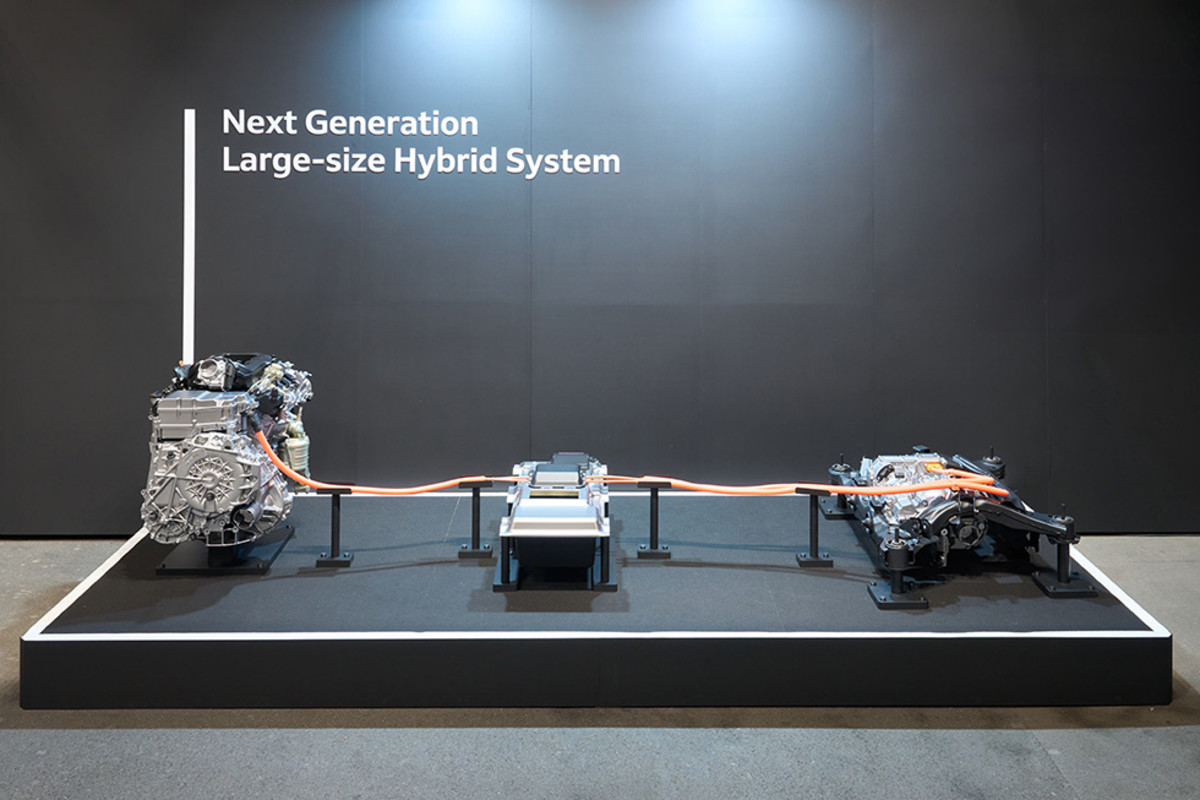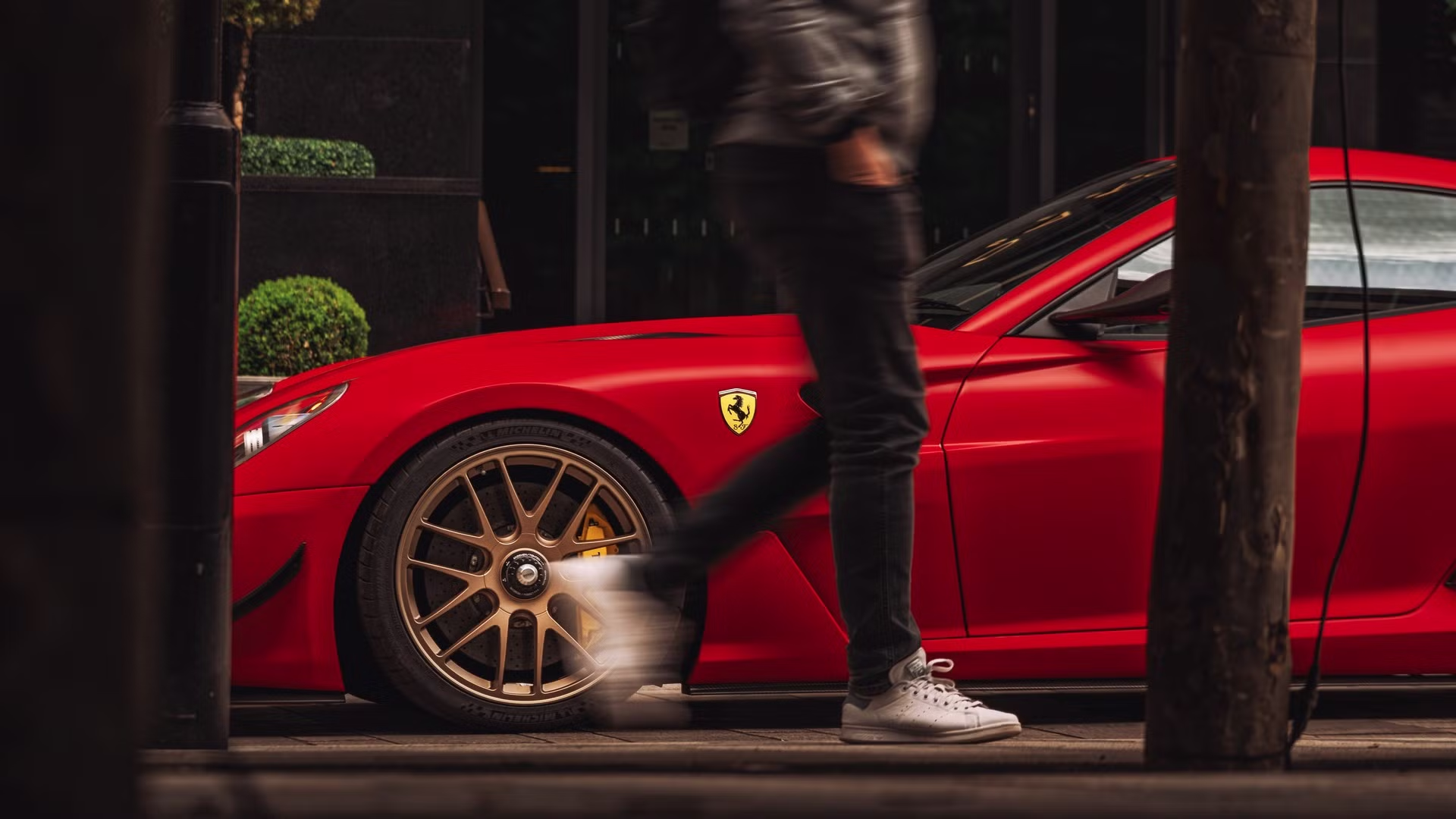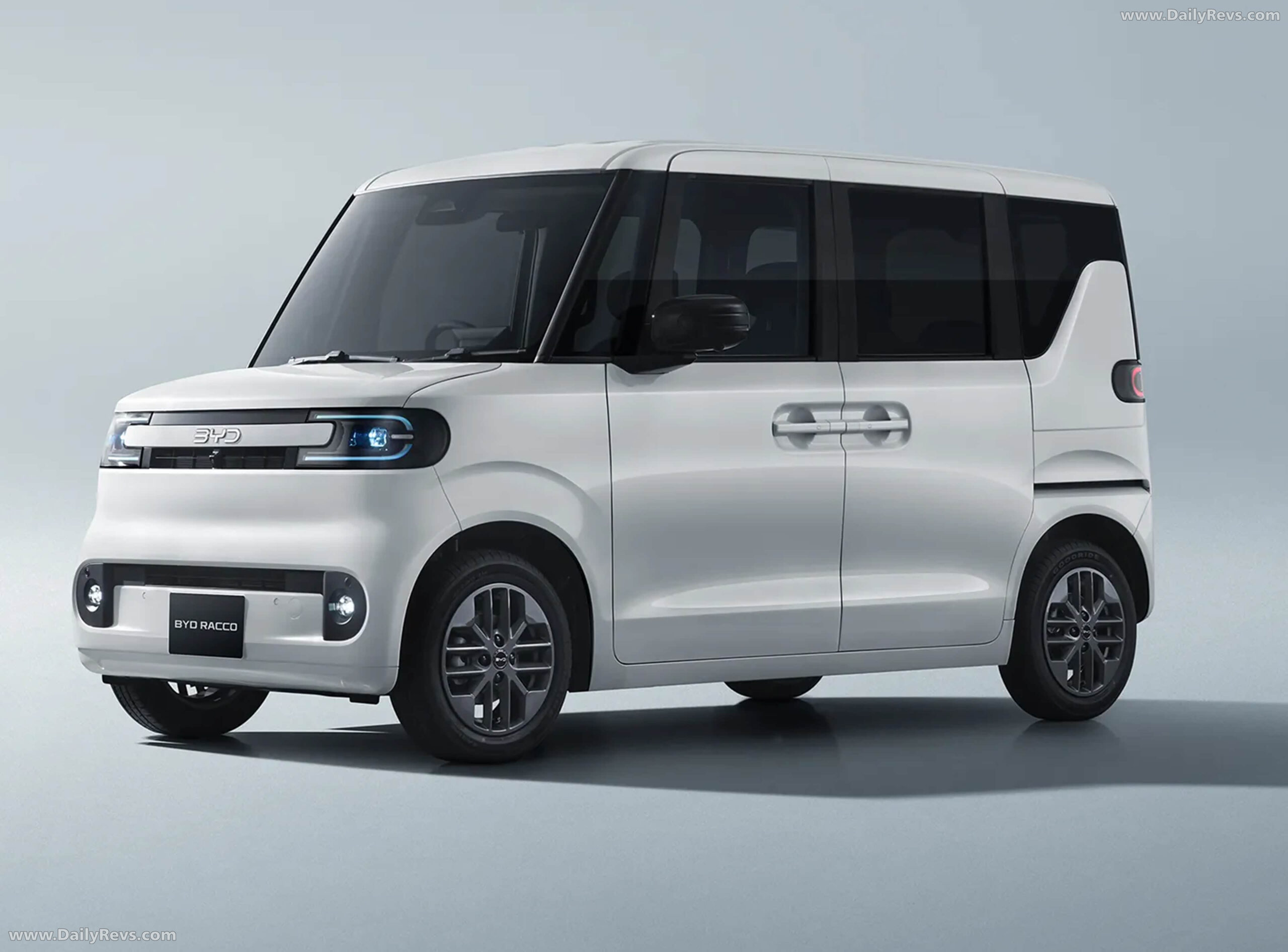Homologation specials really don’t get much more fun than an Evo VI
A quarter of a century on from its launch, the Mitsubishi Lancer Evolution VI has come to be regarded as the best of the Evo breed, for this is a homologation special that can deliver a turbocharged sucker punch to any undulating B-road like no other rally refugee before it.That alone might be enough of a draw for any buyer on the hunt for a modern classic, but the Evo VI is far more than just stonkingly quick: it comes dripping with rallying pedigree, rarity and performance.Unlike the more radical touring cars of the day, which were largely mechanically unrelated to their road-going counterparts, the differences between road and rally machines were not that significant.So the Evo VI is about as close to a bona fide rally car as you can get. It’s almost identical to the Group A version that Tommi Mäkinen piloted to WRC glory in 1999 and is defined by an outrageously sophisticated drivetrain built around three key defining elements: an advanced four-wheel drive system, a 2.0-liter turbocharged four-cylinder engine and electronic active yaw control (AYC).The AYC and four-wheel drive work in unison (with the help of sensors dotted around the car) to minimise oversteer and understeer, which means the Evo VI is not only fast but also incredibly capable down a narrow cross-country road.When we first drove the early GSR model, we said: “In many ways it feels more like a fighter aircraft than it does a humble automobile in the way it slices into bends, and then sucks itself to the floor, seeming to defy the laws of physics.”Praise indeed – and you could sample these mind-blowing dynamics for just £31,000 in 1999. That sum will still get you into a tuned Evo VI today, but these are best avoided. We suggest you aim for a standard, untarnished example in a bid to avoid any costly engine qualms.The Evo VI wasn’t deemed totally perfect by our testers, though. Its steering was judged to be a little overactive and a lack of feel through the wheel meant it was good rather than class-leading. But the car still gained a resounding five-star rating.The punchy 276bhp mill was a proper beast, as the performance figures at test: 0-62mph in 4.4sec, 0-100mph in 11.2sec and 150mph flat out. Throw in the unyielding traction from the four-wheel drive system and this was, and still is, a car that could brush aside a Ferrari 550 – even more reason to buy a used Evo VI then, when you consider a 550 costs almost twice as much second-hand.Don’t assume the Evo sacrificed creature comforts in its bid to become a brilliant road car, though. It had climate control, electric windows and mirrors, and superb Recaro seats.At the turn of the millennium, Mitsubishi excelled itself with the jaw-dropping Tommi Mäkinen Edition (TME), which celebrated the Finn’s fourth WRC title. Over the standard car it gained a new titanium turbocharger, a different exhaust, reworked front bumper and headlights and (of course) more scoops. A quicker steering rack, Tarmac-biased suspension tune and 17in Enkei wheels finished it off – and while the red paint and livery weren’t mandatory, you would, wouldn’t you?Only 250 TMEs were imported into the UK, so a stickered-up car is rare. They’re dearer now, even more so if the mileage is low. But no car celebrates rallying quite like it.Just like the GSR, the TME was a total triumph to drive, for its compact size, unwavering agility and superb performance. In fact, we called it the best of the breed. Twenty-five years on, the Evo VI is a true modern classic and one that is only set to rise in value. The following driving sections have been taken from our original road test from 2001.

